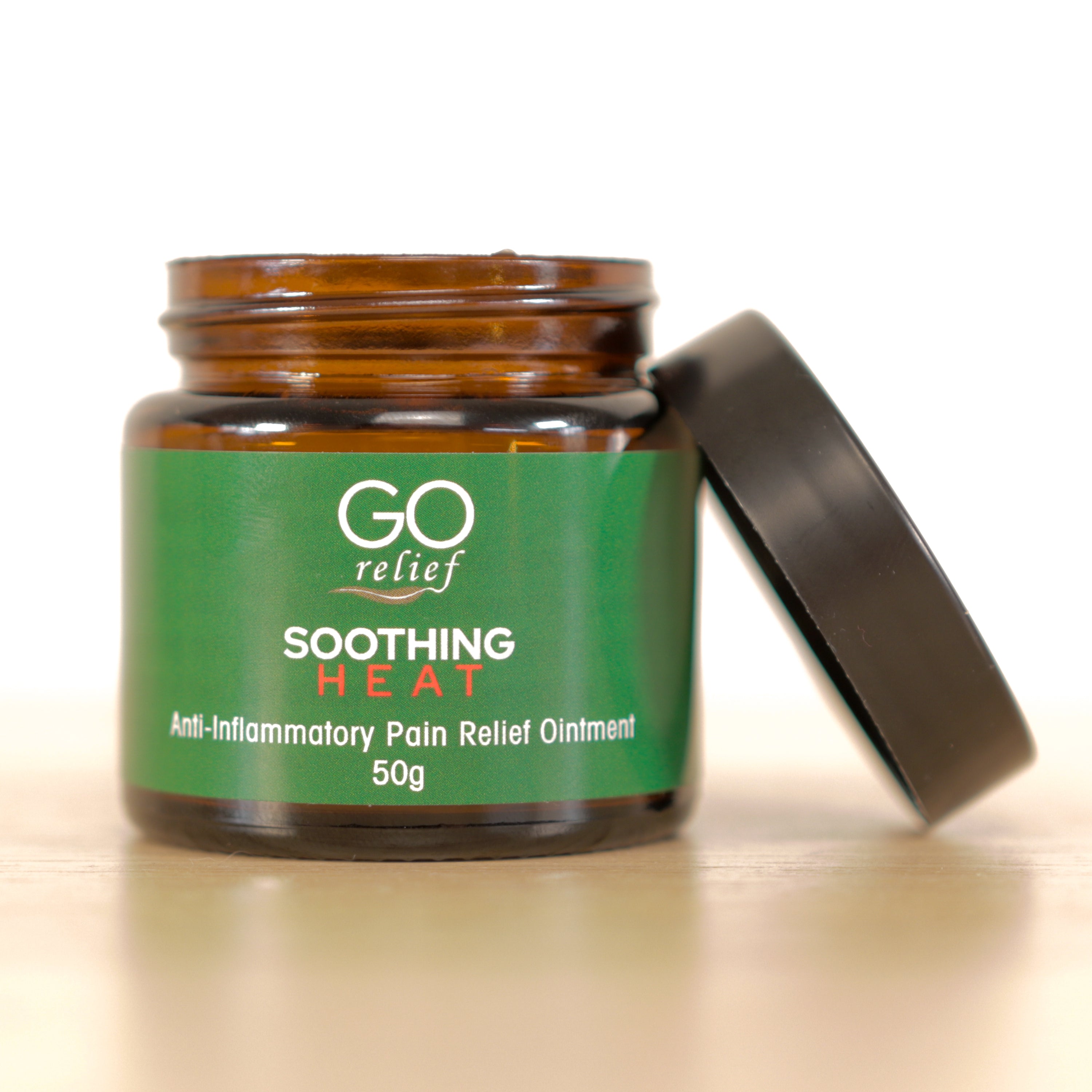Wintergreen oil is usually rubbed directly onto the skin, so it can penetrate straight to where the problem is and give almost instant relief for sore muscles or inflammation.
When Europeans met the first peoples in the Americas, they learned about how to use the local medicinal plants. One of the miracle plants they discovered was Wintergreen, which is native to North America; its botanical name is Gaultheria procumbens. The fruits are edible and taste a bit like peppermint, and the leaves and branches can be brewed to use as a herbal tea.
It’s been used medicinally for thousands of years and was the inspiration for the development of the chemical aspirin in the 1800s. Your grandparents, and their grandparents, probably used it whenever they had aches and pains.
But there’s also real science behind this traditional remedy, and medical scientists have been slowly unravelling exactly how Wintergreen helps with pain and inflammation.
Wintergreen contains an ingredient called methyl salicylate, which in your body turns into salicylic acid. Salicylic acid acts on something called a COX enzyme and reduces the amount of prostaglandins that the enzyme creates. Prostoglandins promote pain, inflammation and fever, which is why Wintergreen oil may help relieve these symptoms.
If you are interested in how methyl salicylate works see “Xue Zhang, Jialin Sun, Wenyu Xin, Yongjie Li, Lin Ni, Xiaowei Ma, Dan Zhang, Dongming Zhang, Tiantai Zhang, Guanhua Du, Anti-inflammation effect of methyl salicylate 2-O-β-D-lactoside on adjuvant induced-arthritis rats and lipopolysaccharide (LPS)-treated murine macrophages RAW264.7 cells, International Immunopharmacology, Volume 25, Issue 1, 2015, Pages 88-95.” https://doi.org/10.1016/j.intimp.2015.01.024.




